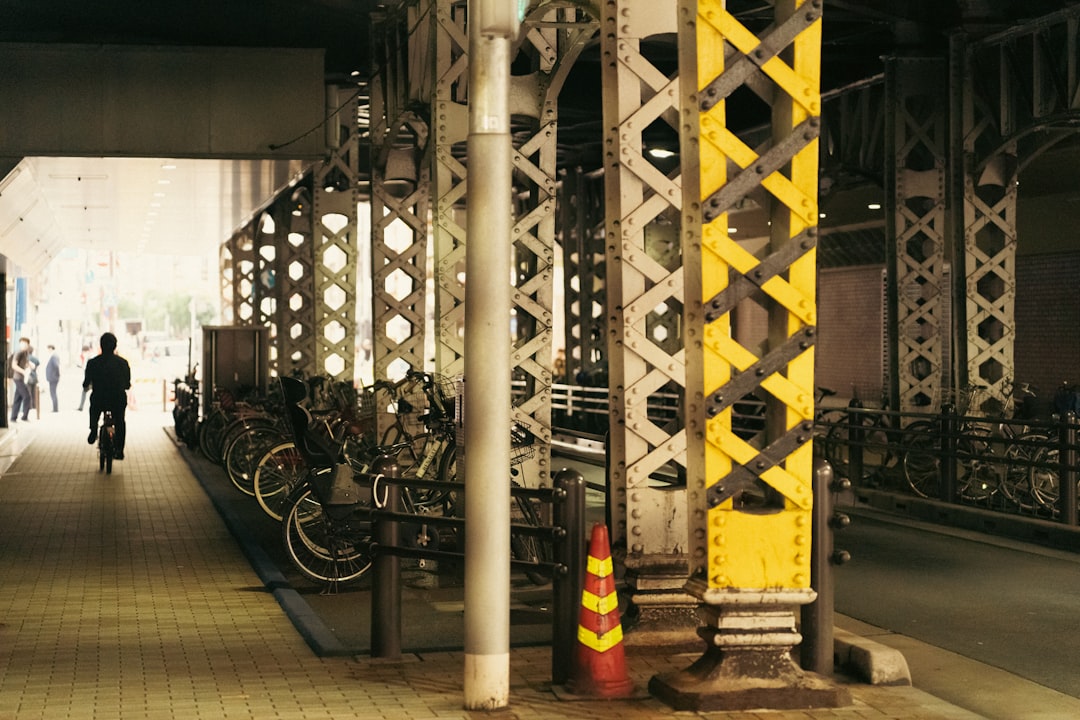body {
font-family: sans-serif;
line-height: 1.6;
}
h1, h2, h3 {
color: #333;
}
Industrial machinery relies heavily on a complex network of pipes to transport fluids, gases, and other crucial materials. From the smallest valve to the largest pipeline, these seemingly simple components play a vital role in the efficiency, safety, and overall functionality of countless industrial processes. This comprehensive guide delves into the multifaceted world of pipe usage in industrial machinery, examining various aspects crucial for understanding their importance and effective management.
1. Material Selection: Choosing the Right Pipe for the Job
The selection of pipe material is paramount, as it directly impacts the lifespan, safety, and efficiency of the system. The choice depends heavily on the transported substance’s properties (temperature, pressure, corrosiveness, viscosity) and the operating environment. Common materials include:
- Carbon Steel: A cost-effective option for many applications, offering good strength and durability. However, it’s susceptible to corrosion, limiting its use with certain chemicals.
- Stainless Steel: Known for its excellent corrosion resistance, making it ideal for handling aggressive chemicals and high-purity fluids. Its higher cost is often offset by its longevity.
- Copper: Offers excellent corrosion resistance and thermal conductivity, often used in plumbing and HVAC systems.
- Plastic (PVC, HDPE, CPVC): Lightweight and corrosion-resistant, suitable for applications with lower pressure and temperature requirements. Their flexibility makes them useful in complex installations.
- Ductile Iron: Possesses high tensile strength and ductility, making it suitable for high-pressure applications and underground installations.
Careful consideration of material compatibility with the transported substance and environmental factors is essential to prevent leaks, corrosion, and system failures.
2. Applications Across Diverse Industries
Industrial piping systems are ubiquitous, serving diverse industries with varying needs. Some key applications include:
- Chemical Processing: Handling corrosive chemicals, often requiring specialized materials like stainless steel or lined pipes.
- Oil and Gas: Transporting crude oil, natural gas, and refined products under high pressure and temperature, demanding robust materials and stringent safety measures.
- Power Generation: Delivering steam, water, and other fluids within power plants, requiring pipes capable of withstanding extreme temperatures and pressures.
- Food and Beverage: Transporting liquids and gases within food processing plants, requiring sanitary designs and materials compliant with food safety regulations.
- Pharmaceutical Manufacturing: Handling highly sensitive and sterile materials, requiring cleanroom-compatible pipes and strict hygiene protocols.
Each industry demands specific pipe designs, materials, and safety standards to ensure efficient and safe operation.
3. Safety Regulations and Best Practices
Industrial piping systems operate under high pressures and temperatures, making safety a critical concern. Adherence to industry standards and regulations is mandatory. Key aspects include:
- Pressure Testing: Regular pressure testing ensures the integrity of the system and prevents leaks or bursts.
- Leak Detection: Implementing leak detection systems is crucial for early detection of potential problems, minimizing downtime and preventing environmental damage.
- Corrosion Prevention: Employing corrosion-resistant materials, coatings, and cathodic protection methods is essential for extending the lifespan of the system.
- Proper Installation and Maintenance: Correct installation and regular maintenance, including inspections and repairs, are crucial for ensuring safe and reliable operation.
- Emergency Shutdown Systems: Implementing emergency shutdown systems allows for rapid response in case of leaks or other emergencies.
Compliance with relevant safety standards, such as ASME (American Society of Mechanical Engineers) codes, is essential to prevent accidents and ensure worker safety.
4. Maintenance and Inspection: Ensuring System Longevity
Regular maintenance and inspection are crucial for extending the lifespan of industrial piping systems and preventing costly failures. This includes:
- Visual Inspections: Regular visual inspections to check for signs of corrosion, leaks, or damage.
- Non-Destructive Testing (NDT): Techniques like ultrasonic testing and radiographic testing are used to detect internal flaws without damaging the pipe.
- Hydrostatic Testing: Testing the system’s ability to withstand pressure to identify weaknesses.
- Cleaning and Flushing: Regular cleaning and flushing help remove debris and prevent blockages.
- Preventative Maintenance: Scheduled maintenance, including lubrication and replacement of worn components, helps prevent unexpected failures.
A well-maintained piping system not only ensures safety but also contributes to improved efficiency and reduced downtime.
5. Future Trends in Industrial Piping
The field of industrial piping is constantly evolving, with several emerging trends shaping its future:
- Smart Piping Systems: Integration of sensors and data analytics for real-time monitoring and predictive maintenance.
- Advanced Materials: Development and adoption of new materials with enhanced corrosion resistance, strength, and durability.
- Additive Manufacturing: 3D printing of customized pipe components for complex geometries and reduced lead times.
- Digital Twins: Creating virtual models of piping systems for simulation, optimization, and predictive maintenance.
- Sustainable Practices: Increased focus on using environmentally friendly materials and reducing the environmental impact of piping systems.
These advancements promise greater efficiency, safety, and sustainability in industrial piping systems.
In conclusion, industrial piping systems are the unsung heroes of heavy machinery, enabling efficient and safe operation across diverse industries. Understanding material selection, applications, safety regulations, maintenance practices, and future trends is crucial for ensuring the reliable and sustainable performance of these vital components.
Tags: Industrial Piping, Pipe Materials, Industrial Machinery, Piping Systems, Pipe Maintenance




